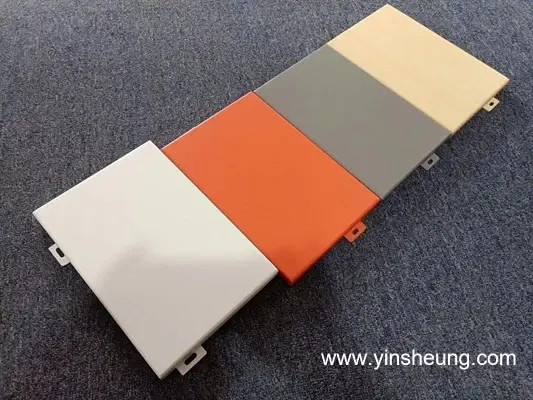Aluminum Extrusion: How It Works
- Josephine
- 2 days ago
- 2 min read
Aluminum extrusion is a manufacturing process that transforms a solid aluminum billet into a continuous profile with a specific cross-section. By pushing heated aluminum through a precision-designed die, manufacturers can create strong, lightweight, and highly customizable shapes used in construction, automotive, electronics, and countless industrial applications.
1. From Billet to Extrudate
The process begins with a cylindrical aluminum billet, usually from the 6xxx series—an ideal alloy group because of its excellent extrudability, corrosion resistance, and heat-treatability. The billet is first heated to around 450–500°C, making it soft enough to deform without melting.
Next, the hot billet is loaded into a preheated container. A powerful hydraulic ram pushes the aluminum forward so it flows through the die opening. As the metal is squeezed through the die, it takes on the exact shape of the die’s profile, forming a continuous length of extruded aluminum.

2. Shaping Through Heat Treatment
For 6xxx alloys, strength is not mainly from mechanical deformation but from precipitation hardening. After extrusion:
The profile is quenched to lock magnesium and silicon in solid solution.
Then it undergoes aging, either naturally at room temperature or artificially at elevated temperatures.
This controlled heat-treatment process forms fine Mg₂Si precipitates, significantly increasing the material’s strength and stability.
After casting, billets undergo homogenization heat treatment, designed to transform the as-cast structure into one suitable for high-speed extrusion with excellent surface quality.For low-strength 6xxx alloys containing Mn, a typical homogenization cycle is:
Heat to 575°C,
Hold for 2–4 hours,

3. Extrusion Process
Most 6xxx heat-treatable alloys are extruded using direct extrusion.The billet is heated to 450–500°C, then placed into a container preheated to 420–470°C. A hydraulic ram forces the billet through the die opening. The metal stream takes the exact shape of the die orifice, producing a continuous extruded profile with the same cross-section.

4. Strengthening After Extrusion
To enhance mechanical properties, the extruded profiles typically undergo:
Natural aging at room temperature, or
Artificial aging at higher temperatures to accelerate Mg₂Si precipitation.
The final strength depends on the specific alloy grade and the chosen aging conditions.





Comments